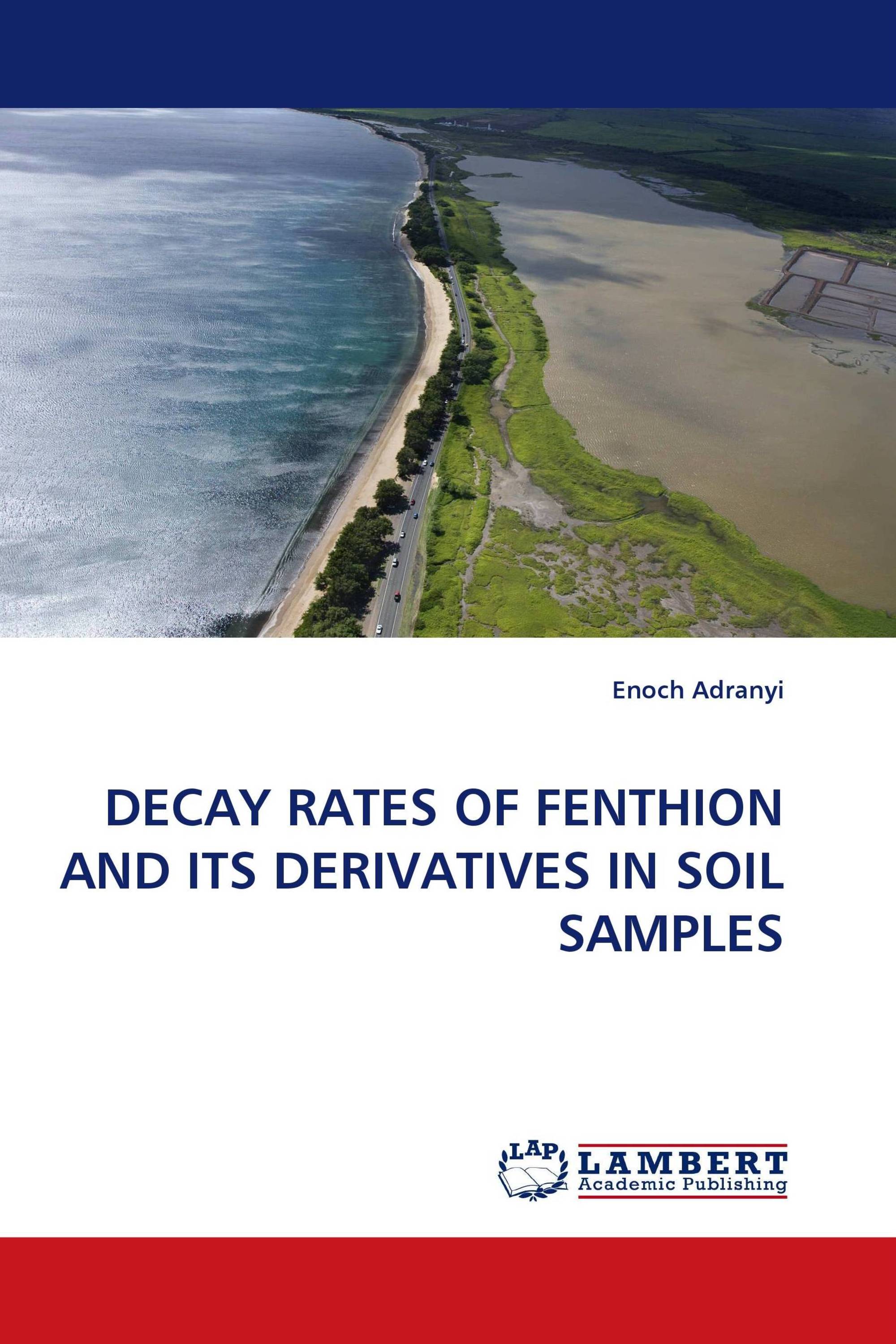Quelea control operations in Africa normally have severe effects on non-target bird species and the environment. Aerial applications of pesticides create a high off-target drift potential, which results in unreliable effectiveness and could cause contamination over large areas. Fenthion pesticide (Queletox) was aerially applied in 2004 in Sebalola, Botswana. As part of an Environmental Impact Assessment of this operation, pre-spray soil samples and post-spray soil samples were collected, air-dried, bagged, transported to the UK and kept deep frozen. Initial analysis of the samples as part of the EIA study showed three post-spray samples that had considerable amounts of the fenthion pesticide. The aim of this study was to examine the decay rates of fenthion using these samples. Lab results showed that the resultant half-life of the samples was 47 days. The concentrations of fenthion residues after 64 days (0.26 mg/kg-sample 1; 0.13 mg/kg-sample 2; 0.04 mg/kg-sample 3)were mainly above approved maximum residue levels of fenthion in animal products (0.05 mg/kg, England and Wales). This indicates a high tendency of fenthion to persist in the soil medium.
Book Details: |
|
|
ISBN-13: |
978-3-8383-8277-7 |
|
ISBN-10: |
3838382773 |
|
EAN: |
9783838382777 |
|
Book language: |
English |
|
By (author) : |
Enoch Adranyi |
|
Number of pages: |
136 |
|
Published on: |
2010-07-13 |
|
Category: |
Geosciences |
